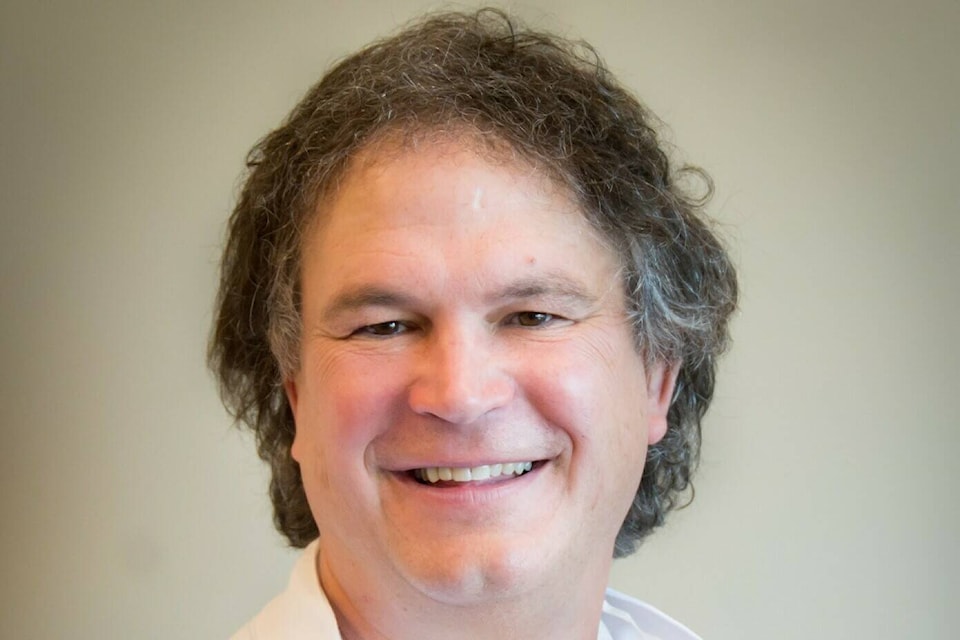Every day in a dental office we hear a multitude of questions and concerns. Many are just the latest in a long string of similarities. Some are concerned about the correct ‘order’ of care – should they floss first and then brush, or brush first and then floss. This is a ‘loaded’ question. Literally, can be done before AND after. Think of the 2 cycle dishwasher. First you would scrape off the food particles, and do a water rinse in the sink. For good health, brush teeth with water first. Now use the floss – finishing the job with rinsing. Brush the teeth with water only for approx. 30 seconds. Remove all food product and particles. Then brush with fluoride toothpaste. Why fluoride? Fluoride remineralizes teeth. Brush your teeth as if you have 2 separate sets of teeth (upper and lower). Start at the facial centerline, and work downwards at a 45 degree angle to the end of the tooth – or upwards in the case of lower teeth. Always use a bit of overlap, and in that case you won’t miss any tooth surface area. Work to the back. Then repeat from the back surfaces to the centerline. If you splatter the mirror you are doing it properly! The brush is too wide and must be turned sideways, hence mirror splatter. Many people do not brush the inside of their teeth. A thorough job should take 4 minutes. Think GTO – Gum, Tooth, Off.
Flossing offers some choices, and some types are stronger than others. Be aware that some brands of floss contain chemicals, and one major manufacturer in 2022 received a huge lawsuit for not disclosing PPFAS – a ‘forever chemical’ that was resident in their dental floss. Stick to shred resistant types, waxed vs unwaxed acts like a ‘sticky medium’, and emulates a) tack cloth, and b) it slides between teeth more easily. Some patients prefer the Water Pik Flosser, and will ask if it is as efficient as conventional flossing. It does a good job overall, but will fail to break the biofilm layer and one cannot complete with a swipe to break acidic biofilm.
There is always a question of how often to floss is recommended. All foods can create cavities if left on or in between the teeth. They can create colonies of bacteria, which can become plaque and tarter. The most accurate answer to that question lies in how often one eats? Our patients can repeat our mantra off by heart – if anything other than water passes between your lips – you should brush with water, and use dental floss or a floss pick, and then brush again with fluoride toothpaste. Floss Picks can actually be as efficient as a spool of floss.
Another very common question is what age should the first dental appointment occur? Aside from speculative development issues, the best answer is when the child has several teeth erupted, and not past the age 3. It is very common in central Alberta to have a youngster at age 6 in the chair, with a cavity filled mouth. One child at age 6 had a fully erupted adult molar which was so rotten it required extraction. His mother argued that it was only a ‘baby tooth’ that didn’t matter because they all fall out anyway. I guarantee you there isn’t a dentist in North America who hasn’t heard this before. This child had never seen a dentist, did little or no brushing at home, and oral hygiene completely differed depending on which parent he was listening to the most! If parents do not adopt that responsibility, and presume it will be taught in school – that isn’t quite safe either. The biggest issue is consistency with school nurses. One tool which can help parents to remove plaque from small kid’s mouths are the finger slip on gummy brushes, which will actually perform a very adequate job if a brush isn’t handy. Choose the correct size brush for your child, and there are some very good smaller electric models available for young families.
Dental maintenance should be a ‘fun’ topic. Children are the greatest imitators! How often do they view Mom and Dad brushing or flossing their teeth? Often never! Parents have the option of making oral health a family event, or simply a child’s chore. The ‘win’ here is a lifetime of healthy teeth and gums!
Dr. Michael Dolynchuk is a General Dentist practicing in Caroline and Red Deer. Forward inquiries to: DentalQuestions@shaw.ca
